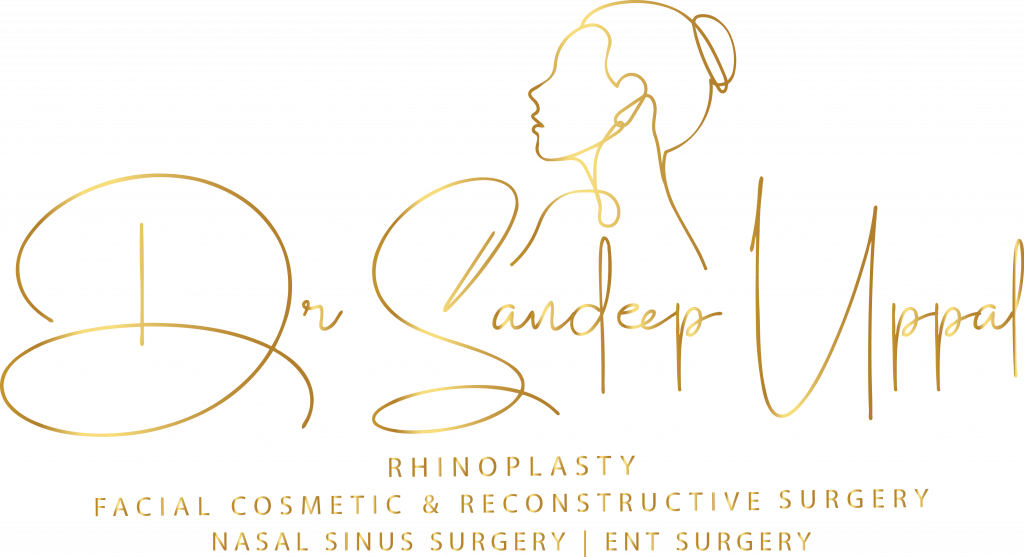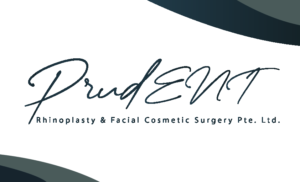RADIOFREQUENCY (RF) TREATMENT Radiofrequency (RF) treatment for skin rejuvenation is a non-invasive cosmetic procedure that uses radiofrequency energy to stimulate collagen production, leading to tighter, smoother, and younger-looking skin. HOW DOES RF TREATMENT WORK? The radiofrequency device emits controlled RF energy, which heats the deeper layers of the skin. This heat stimulates the natural production of collagen and elastin, essential proteins that provide structure and elasticity to the skin. WHAT ARE THE COMMON USES OF RF TREATMENT? Radiofrequency treatment has gained considerable attention for its applications in aesthetic medicine. Here are some common aesthetic uses: SKIN TIGHTENING RF treatment is often used for skin tightening on the face and body. It helps stimulate collagen and elastin production, making the skin appear firmer and more youthful. WRINKLE REDUCTION The technology can be applied to areas prone to fine lines and wrinkles, such as the forehead, around the eyes, and the mouth, to achieve smoother skin. BODY CONTOURING RF treatment can be used to break down fat cells and tighten loose skin, thus improving the shape and contours of the body. It’s commonly used for areas like the abdomen, arms, and thighs. CELLULITE REDUCTION The technology has been found effective in reducing the appearance of cellulite by improving the texture of the skin and breaking down fat cells. FACIAL REJUVENATION In combination with other treatments like facials or chemical peels, RF can enhance the overall results, giving the face a more rejuvenated appearance. ACNE AND ACNE SCAR TREATMENT RF can target the sebaceous glands, reducing sebum production to treat acne. It’s also used to reduce the appearance of acne scars by stimulating collagen production in the scar tissue. NON-SURGICAL FACELIFT Known as a “RF facelift,” this treatment aims to offer some of the benefits of a traditional facelift without the need for invasive surgery. JAWLINE CONTOURING RF treatment can be used to tighten the skin around the jawline, providing a more defined appearance. HAND REJUVENATION Older individuals often use RF treatment to tighten the loose, crepe skin on the back of the hands. DECOLLETAGE SMOOTHING RF can be used to treat wrinkles and lines in the décolletage area, making the skin appear smoother. Because radiofrequency treatment is non-invasive and usually has minimal downtime, it is a popular choice for those looking for aesthetic improvements without undergoing surgery. PROCEDURE STEPS When considering radiofrequency (RF) treatment for aesthetic purposes, a thorough consultation with a qualified medical professional is essential. Here’s what you might expect during a consultation for RF aesthetic treatment: PRE-CONSULTATION RESEARCH Before the consultation, it might be useful to gather information on the specific issues you want to address, the expected outcomes, and any pre-existing medical conditions or medications that could affect the treatment. INITIAL DISCUSSION Assessment of Concerns Dr Sandeep will ask you about the areas you wish to treat and your expected outcomes. Medical History Review A review of your medical history, including any medications you are taking, is essential to ensure that the treatment is suitable for you. Physical Examination Dr Sandeep may examine your skin’s elasticity, texture, and thickness to assess whether RF treatment is appropriate for you. Treatment Options Personalised Plan: Based on the initial discussion and examination, the medical professional will create a personalised treatment plan. Explanation: The practitioner should explain the procedure in detail, including how RF technology works, what you can expect during and after treatment, and any potential risks or side effects. Financial Aspects A detailed discussion about the cost of the treatment, number of sessions required, and any additional costs should be part of the consultation. Informed Consent You’ll usually be required to sign an informed consent form after all your questions and concerns have been addressed. Pre-treatment Guidelines Our team may provide you with specific instructions to follow before the treatment, such as avoiding sun exposure or certain medications. Preparation The treatment area is cleansed, and a topical anaesthetic may be applied to minimize discomfort. Treatment The RF device is moved across the treatment area, emitting controlled RF energy. The duration and intensity of the treatment depend on the targeted area and specific skin concerns. Post-Treatment After undergoing a radiofrequency (RF) aesthetic treatment, it’s important to follow post-treatment guidelines to ensure optimal results and reduce the risk of complications. Here are some general post-treatment advice and care tips: IMMEDIATE AFTERCARE Cooling the Area: Some redness and warmth are normal after RF treatment. Applying a cold compress can help soothe the skin. Avoid Touching: Try to avoid touching the treated area excessively, as the skin will be sensitive. SKIN CARE Moisturise: Use a gentle, fragrance-free moisturiser to keep the skin hydrated. Sun Protection: The treated area will be more sensitive to the sun, so it’s crucial to apply a high-SPF sunscreen, even on cloudy days. Gentle Cleansing: Use a gentle cleanser to clean the treated area. Avoid any abrasive skin care products. ACTIVITY RESTRICTIONS Avoid Strenuous Exercise: It’s generally recommended to avoid strenuous activities for at least 24 to 48 hours post-treatment to prevent sweating and irritation. Heat Exposure: Stay away from hot baths, saunas, or any activity that may heat the treated area for a couple of days. MONITORING Observe for Side Effects: While rare, side effects like swelling, bruising, or blistering should be monitored. Contact your healthcare provider if you notice any unusual symptoms. Follow-up Appointments: Usually, a post-treatment check-up is scheduled to assess the results and any potential side effects. LONG-TERM CARE Maintenance Sessions: Depending on the issue being treated, you may require multiple sessions. Follow your practitioner’s advice on when to schedule follow-up treatments. Ongoing Skin Care: Continue with a regular skincare routine, including moisturising and sun protection, to maintain the results. SPECIAL CONSIDERATIONS If you’re undergoing RF treatment in combination with other treatments, you may have additional or different post-care requirements. It’s crucial to consult with our team for personalised post-treatment advice tailored to your skin type and the specific RF treatment you received. Always adhere to the post-treatment guidelines provided by your healthcare professional for


